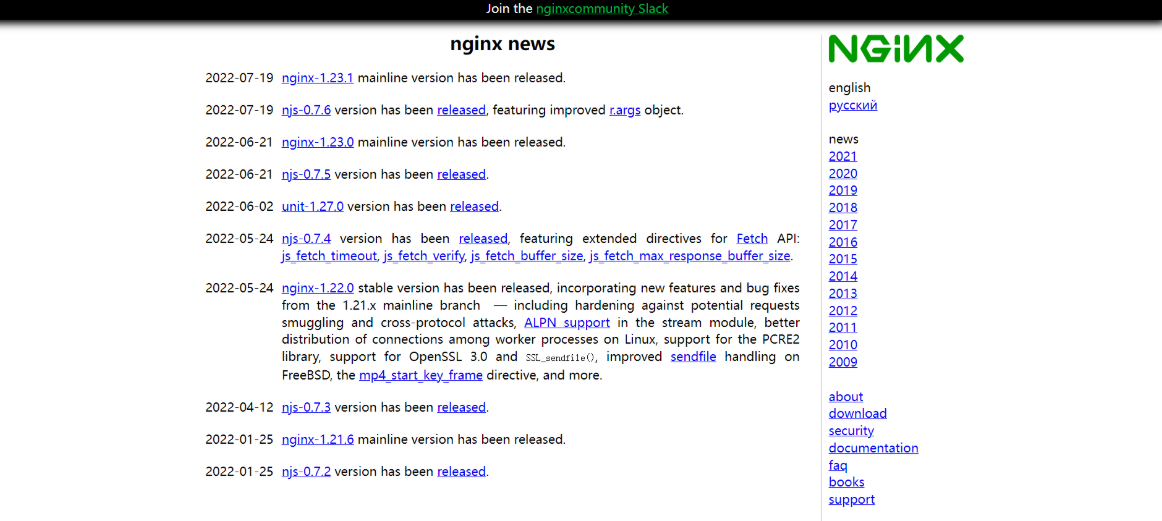

To download a file from the web, use the syntax: $ wget įor example, to download the latest WordPress zip file, run the command: $ wget īy default, the wget command downloads a file in the directory that the user is currently in. Now let’s shift gears and have a look at a few examples of the Linux wget command.

To install wget on Fedora, run the command: $ sudo dnf install wget To install wget on CentOS / RHEL, run the command $ sudo yum install wget Run the command: $ sudo apt-get install wget To install wget on Ubuntu or Debian-based distributions. The installation instructions for different Linux distros: For Ubuntu/Debian If you get the output “ wget command not found’, download and install it manually. If wget is installed, the output notifies you that the wget command is missing a URL, as shown below. To check if installed type the following command in your terminal: $ wget Wget comes preinstalled in most Linux systems. The flag points to the address of the directory, file, or webpage that you wish to download. The flag lets you specify the action to perform with the wget command. you will learn how to use the Linux wget command. This allows you to start a download, disconnect from the system and let wget complete it. W get is non-interactive therefore it can work in the background. If a network interruption occurs during a download, wget can resume the download from where it halted. The command can sustain unstable and slow network connections. It retrieves files using FTP, HTTP, and HTTPS protocols. Wget is a free Linux command-line utility tool that helps us retrieve or download files from the internet.


 0 kommentar(er)
0 kommentar(er)
